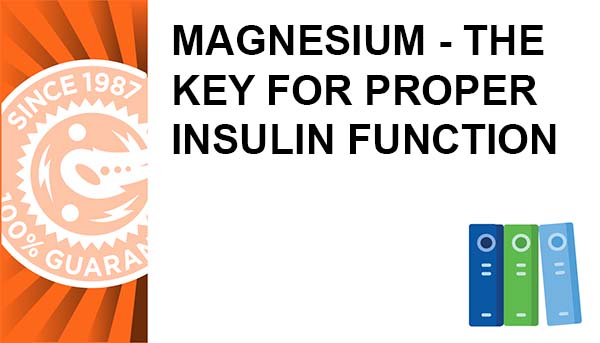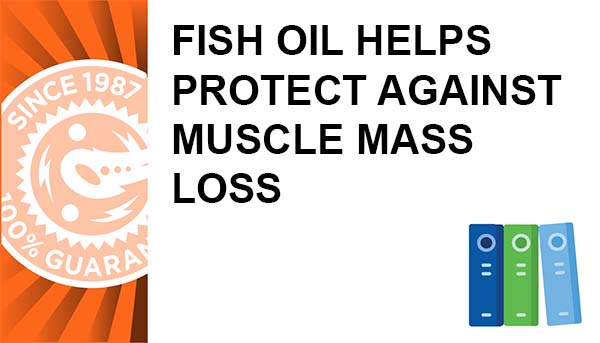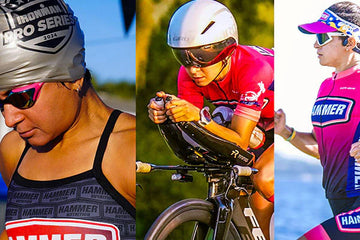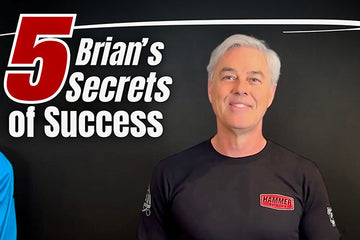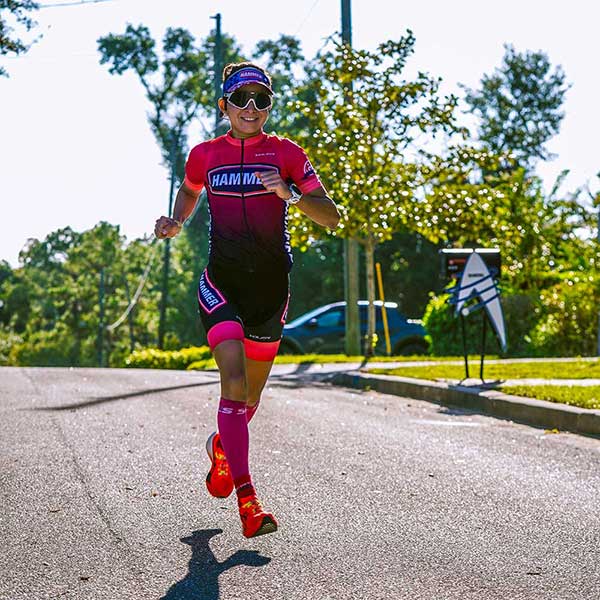By William Misner Ph.D.
(Adoption/Practice of all the "Suggested Keys**" may result in significant body-fat loss within 3 weeks time. KEYs are denoted by ** )
The human body is individual when it comes to body weight distribution. To some degree, athletes may effect the amount of muscle mass versus body fat by how they train and dietary choices in between. Sprinters and strength athletes tend to grow a bulky muscle fiber-mass while marathon-type endurance athletes tend to produce an emaciated-lean look. The 1997 Tour De France top sprinters registered Body Mass Index (BMI) scores of over 23, while top climbers registered BMI's in the 19-20 range. Race winner Jan Ullrich's BMI was measured at 21.7. The BMI is computed by dividing weight in kilograms by height in meters-squared. Over 25 is considered "fat" or "overweight", but under 20 has poor health implications as well. Finding the **right BMI for your body in your sport may not be the one that would work for everyone. Have you ever heard about high school wrestling stars who lost a match to an opponent they would normally "pin" because they either lost too much bodyweight or lost it too fast?
Older people have greater difficulty losing weight than the younger ones. In one recent study, women in their 20's and women in their 70's were fed meals of 250, 500, 1000 calorie meals or no calories at all. The older group burned the same amount of fat as the younger ones EXCEPT the ones who ate the 1000 calorie meals, which dramatically explains why when older people eat more they store more, gain weight, and burn less after eating the larger meals of choice. **To maintain optimal weight we need to refuse to gain more than is needed by eating smaller meals from 250-500 calories per meal.
Weight gain, dictated by choices made at supper time, may not only slow down athletic performance, but may also have lasting health implications. Researchers have recently found a high correlation between weight gain and cancer or diabetes. Most animal meats exceeds 40% fat by caloric content. When fat is ingested only 3% of it is recruited to synthesize its 9 calories per gram into tissue adipose storage cites. Carbohydrates, which are less than half the caloric value at 4 calories per gram, require 27% of their value for synthesization into muscle glycogen stores, or if in excess, into adipose stores.
Magnetic Resonance Imagery (MRI) photos of cross sections of muscle mass dramatically capture how we are what we eat. A recent MRI study of lower leg muscle mass favored the low-fat vegetarian protocol over the typical American higher fatty-meat-based diets. The lower leg cross sectional MRI-images showed a lean healthy muscle in strict vegetarians but showed a marbled-fatty not-healthy structure similar to store-bought beef steaks. **Vegetarian diet protocols and more dietary fiber from increasing fresh vegetables, fruits, and grains may offer a better muscle composite structure for optimal endurance performance.
The use of **Chromemate (Chromium Polynicotinate-GTF) has been shown in a study documented in the AMERICAN JOURNAL OF CLINICAL NUTRITION-(Tremblay 1989) to assist in weight control, lean muscle mass sparing, or body fat weight loss. Animals fed in one study with Chromium-GTF attained less body fat and more lean muscle mass than animals who were denied its dietary inclusion. Pigs fed with raw potatoes gained remarkably less weight than those pigs who were fed equal amounts of cooked potatoes in a separate study
. Folkers (1984), in BIOMEDICAL AND CLINICAL ASPECTS OF COQ-10, suggests inclusion of regular doses of **Ubiquinone Q-10 may increase weight loss during dieting.
One question I personally dread is "Dr. Bill, can you help me lose 10 lbs. bodyweight because I have this important event coming up in 2 months." First of all, 2 months is enough time to get started modifying diet for weight loss, but secondly, most of these athletes have committed their focus to the event, leaving little committment remaining to resist the pangs of hunger necessary to to overcome the body's caloric requirements during intense training. Diet and training are generally incompatible.
The human body is very resistant to any changes which may intimate "survival". When calories are restricted metabolism drops, and both dramatically inhibit performance. Add to that, a body is living off its own fat does not perform either efficiently or enduringly. **Weight loss is better accomplished outside of training for races in the off-season. **If fat burning activities are adopted, endurance athletes need to supplement with L-Carnitine, the mitochondrial-cell fatty-acid carrier, if optimal body fat weight-loss is to occur. During endurance activities vitamin Bt (L-Carnitine) may be depleted to levels so low that efficient fatty-acid transport may be hindered until spent stores are replenished.
**Appetite must be controlled if body weight is to be lost safely, gradually, and permanently. Studies show that dietary fruit satiates appetite demands better than any other food sources or combinations, plus it is stingy with calories adding very few per serving. The **Diamond's diet of fruit only in the A.M., a large lunch, and a small dinner eaten before 6:00 P.M. is the most successful safe weight-loss plan. A supplement that may decrease appetite is "Garcinia Cambogia" or **Citri-Max, by name brand.
Almost never should anyone attempt to lose weight on less than **1000 calories per day. While 500 calorie per day regimens are successful in weight loss protocols, the human body often rebounds from the lower-metabolic mechanics caused by hypo caloric acetics that the weight comes back almost faster than it left.
Weight-Loss**Metabolism is stimulated by exercise, eating small meals, over-chewing food, thermogenics such as cayenne, hot peppers, and large amounts of water(distilled). Stimulants such as ephedra, caffeine, Ma Huang, and DHEA have serious side effects which may not be beneficial to health or endurance performance with prolonged use. Natural Iodine (**Kelp) may stimulate optimal increases in thyroid function, if hypothyroid is causing too-low metabolic rate of caloric burning.
**Chromemate taken 2-3 times per day,(200-600 micrograms) or a full dose of **PIC's, and Coenzyme Q-10 taken in **Race Caps will contribute to diet for weight loss purposes. **Lowering meat, cheese, and dairy products while cutting carbohydrate intake by 50% will cause you to gravitate bodyweight toward your personal, minimal BMI. Regular strength lifting tests or timed distance efforts should be performed to insure lean muscle strength preservation during weight loss attempts.
If all athletes choosing to diet will give 3 weeks to the above **suggestions, with the goal of losing 1-2 lbs. body-fat during the initial 3 weeks, whatever they lose after will stay lost for good, along with the time lost at the finish line... in their endurance event!
